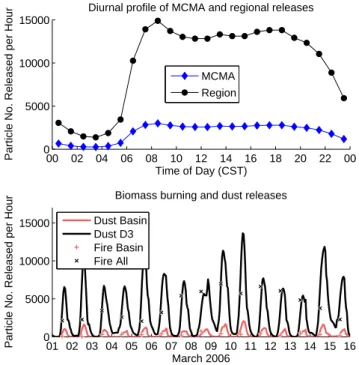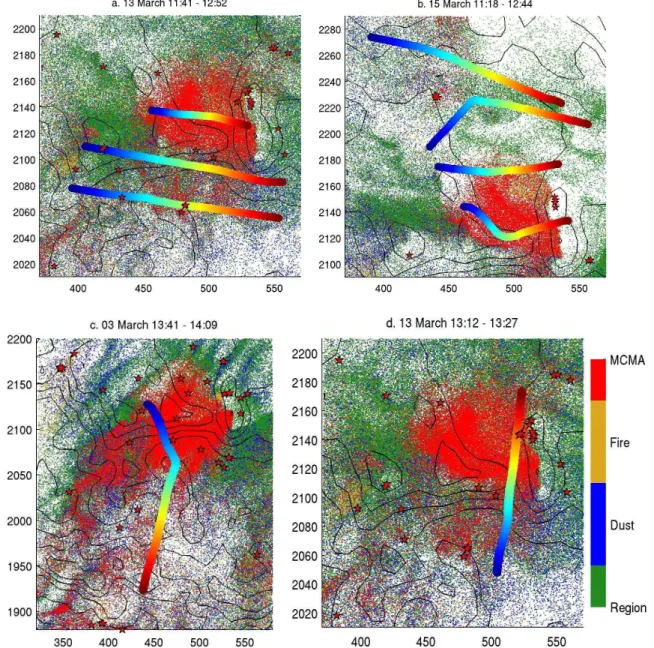Aerosol plume transport and transformation in high spectral resolution lidar measurements and WRF-Flexpart simulations during the MILAGRO Field Campaign
Texto
Imagem




Documentos relacionados
Significant diurnal variations of aerosol light absorption and scattering were ob- served and are attributed in part due to changes in the meteorology in the Mexico City Basin and
changes in wind speed over the ocean on aerosols characteristics using collocated measurements of aerosol number size distribution, mass concentration, and spectral aerosol
M.: Measurements of black carbon specific absorption in the Mexico City Metropolitan Area during the MCMA 2003 field campaign, Atmos. J.: Estimation of a “radiatively correct”
The particle backscatter coefficients were multiplied with the most appropriate lidar ratio, which is given by the Raman lidar observations of extinction and backscatter coefficient
Interestingly, an aqueous solution containing NaCl indeed accelerated both the acylhydrazone and oxime formation reactions in a salt con- centration-dependent manner, which corroborates
For high-resolution measurements of tempera- ture fields in the atmospheric boundary layer and the lower free troposphere a scanning eye-safe lidar which deploys the rotational
paper extends the work of earlier researchers by using the aerosol intensive param- eters measured by the NASA Langley Research Center airborne High Spectral Res- olution Lidar
The results for the spectral single scattering albedo and absorption optical depth for the Mexico City area show a great deal of variability most likely due to aerosol mixtures
Here we use high temporal resolution isoprene concentration measurements (Langford et al., 2010) made over a south- east Asian rainforest as part of the OP3 campaign (Hewitt et





